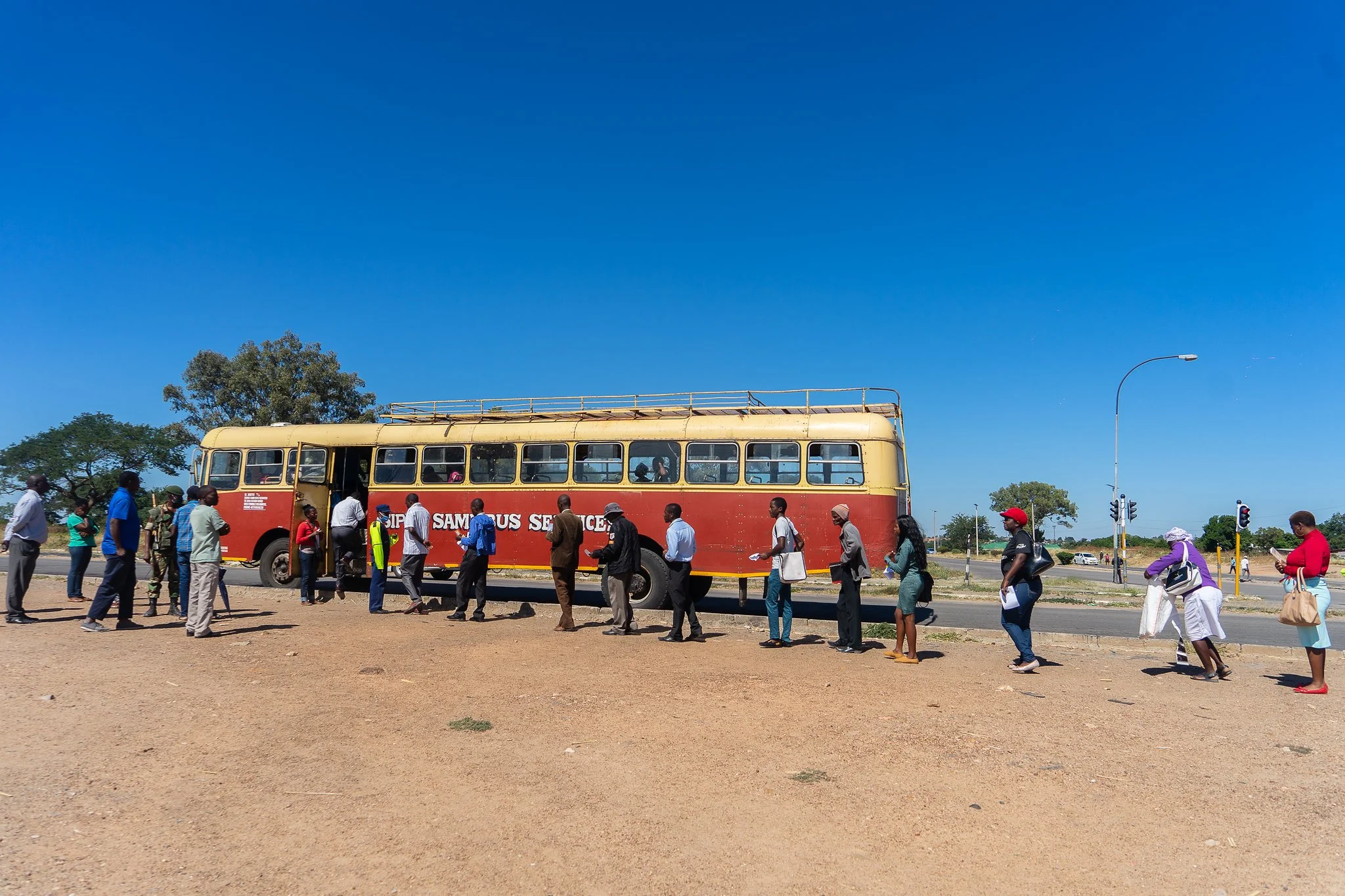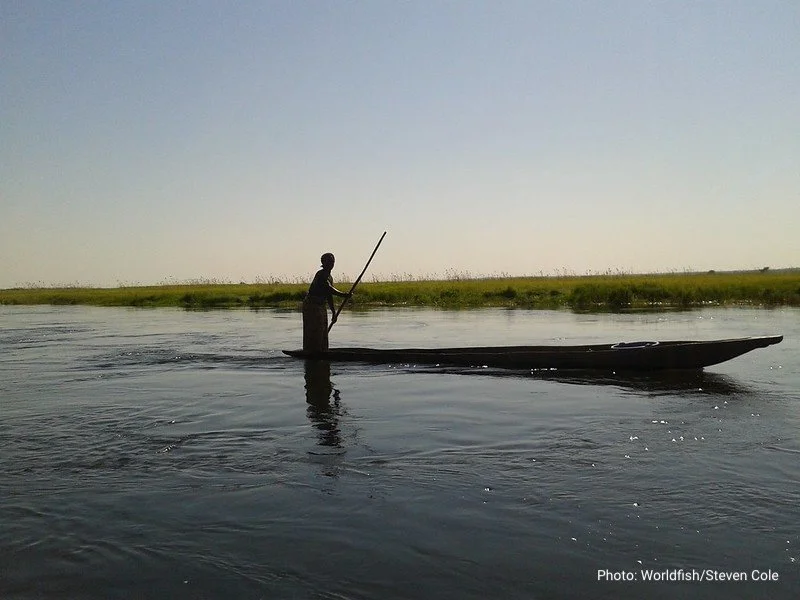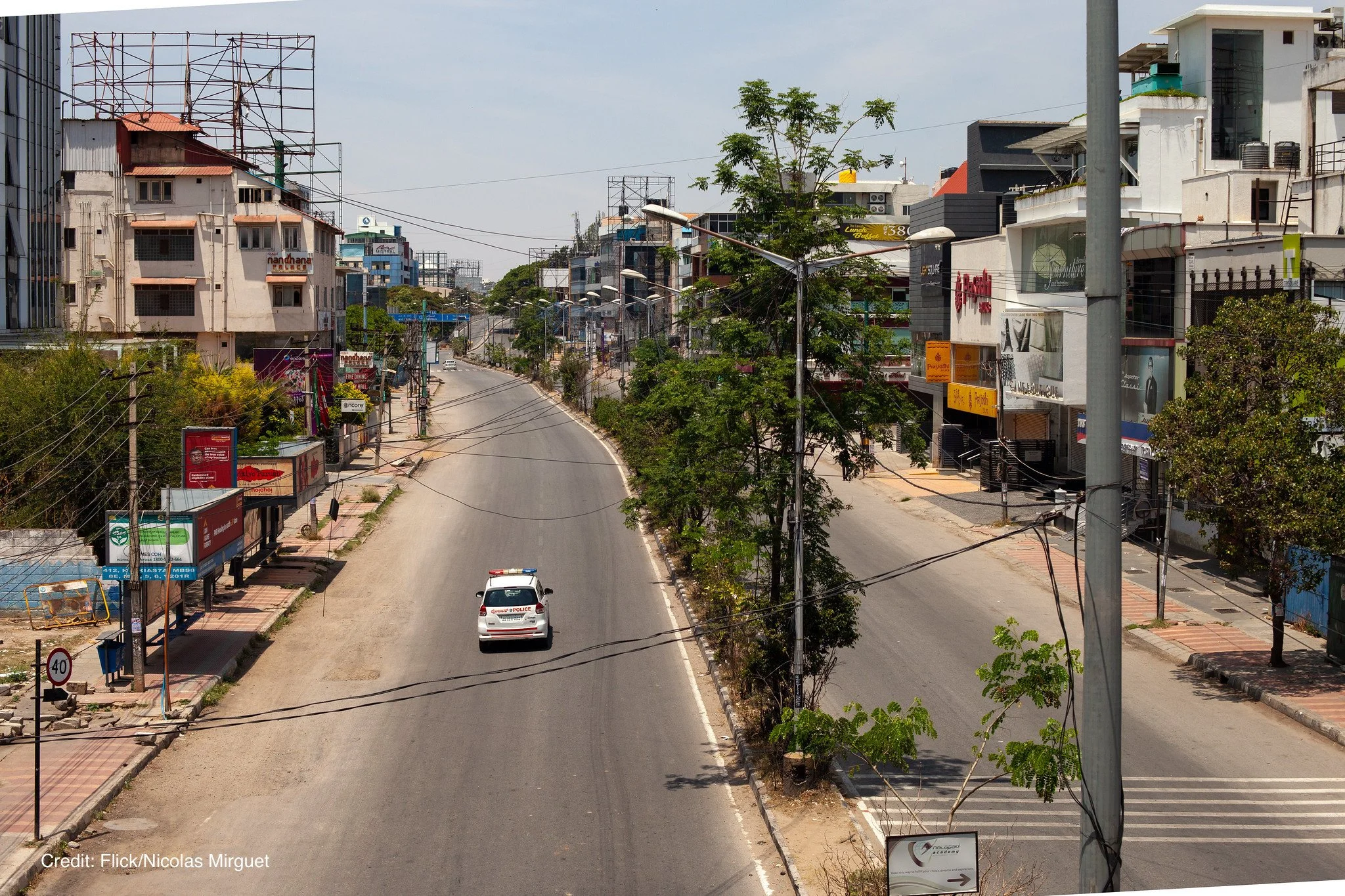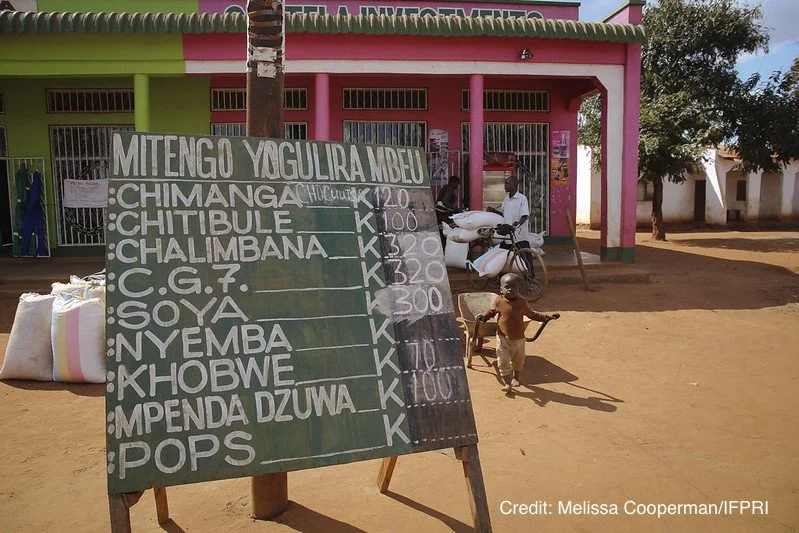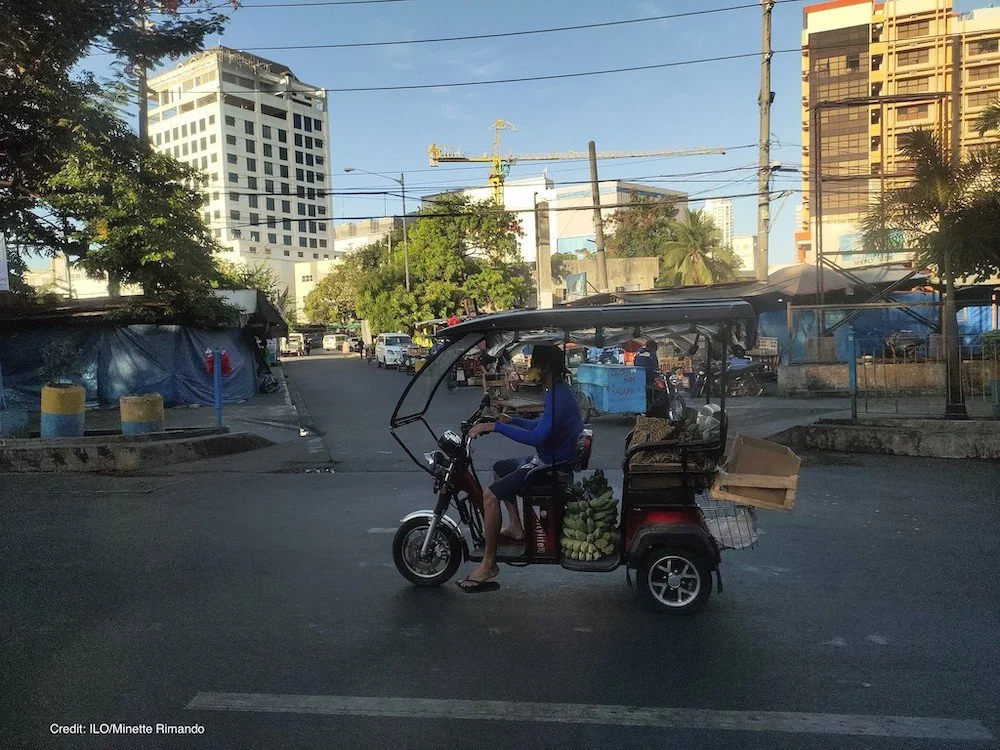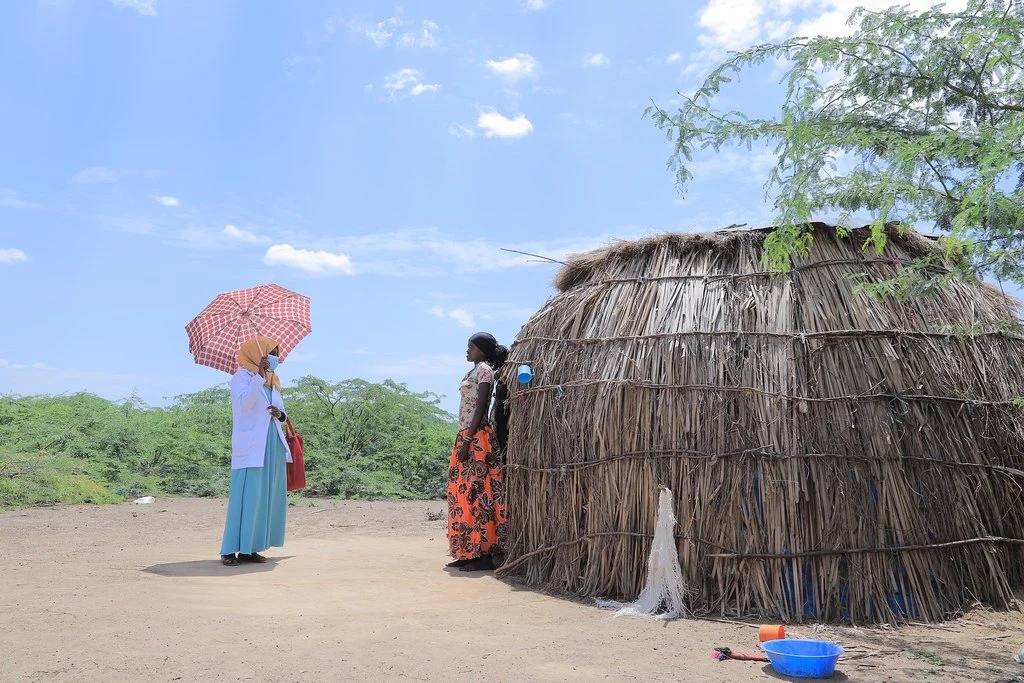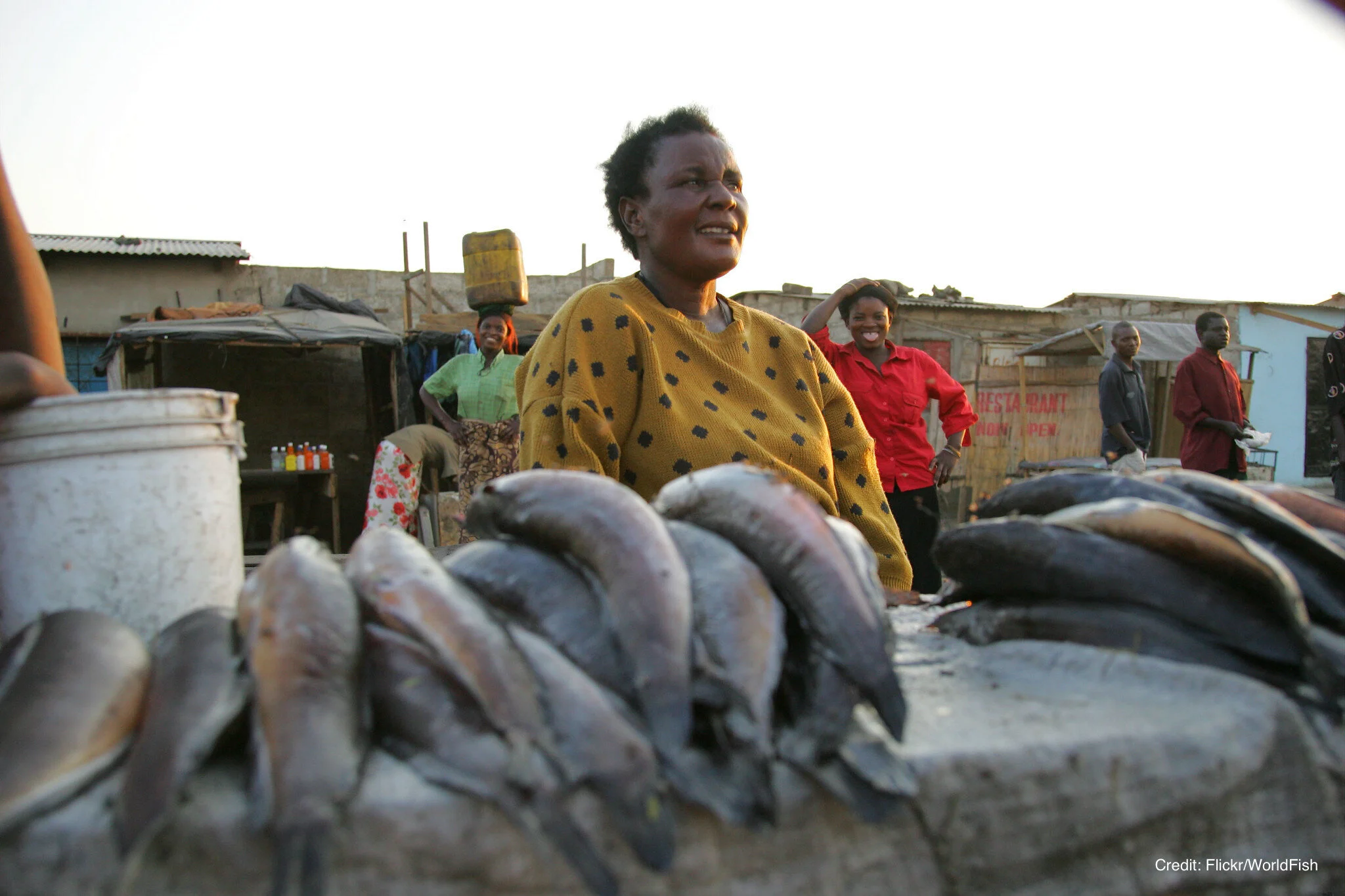Poverty Monitoring in the Context of Covid-19:
Methodology Note
CPAN country bulletins are compiled using a combination of original qualitative data collected from a small number of affected people in each country, interviews with local leaders and community development actors, and secondary data from a range of available published sources. This note summarises the methodology used to collect and analyse data.
New qualitative data with affected people, local leaders and community development actors: CPAN research partners in each country are conducting telephone interviews with (1) respondents from recent CPAN studies of poverty dynamics, (2) new purposively selected respondents in selected regions where CPAN has recently conducted research on poverty dynamics (3) new purposively sampled respondents identified by HelpAge International partners to ensure representation of older people. Respondents have been identified to establish a range of responses based on the following characteristics:
Wellbeing trajectories: chronically poor; poor, near-poor, non-poor
Gender
Age
Ethnicity
Rural and urban
Samples are small and non-representative. Data from these interviews are used to highlight individual lived experiences of Covid-19 and to validate findings from key informant interviews and secondary sources. Thematic analysis was carried out to observe trends across respondents using NVivo 12 and quotes are reported that represent key themes across the sample.
Interview summary by country bulletin
Kenya: 24 respondents from 2 regions, Vihiga county and Nairobi. Round 1 interviews were conducted in person between September 1st and October 14th, 2020. Respondents in Vihiga county were follow-up interviewees from an earlier CPAN study on poverty dynamics conducted in 2017. These respondents were identified from a subsample of Tegemeo Institute’s Agricultural Panel Survey and purposively sampled to represent variable wellbeing trajectories (chronically poor, transitory poor, non-poor). Respondents in Nairobi were purposively sampled to represent variable livelihood categories exposed to risk due to Covid-19 and to include older people. Respondents were identified through Help Age International and identified by the lead researcher in the Kibera district. Round 2 interviews with the same respondents were conducted by phone between December 1st, 2020 and January 17th, 2021 with attrition of 2 respondents who were not contactable in the second round.
Nepal: 15 respondents in three regions, Banke, Dailekh, and Kathmandu. Round 1 interview were conducted by phone between September 1st and October 14th, 2020. Respondents in Banke and Dailekh were follow-up interviews from an earlier CPAN study on poverty dynamics conducted in 2017. The respondents were identified through community focus group discussions and purposively sampled to represent variable wellbeing trajectories (chronically poor, transitory poor, non-poor). Respondents in Kathmandu were purposively sampled to represent variable livelihood categories exposed to risk due to Covid-19 and to include older people. Respondents were identified through Help Age International. A second round of interviews was conducted by phone between November 23rd and December 1st, 2020.
Ethiopia: 27 interviews were conducted in three regions, Amhara (8 households, 2 key informants), Oromia (5 households, 2 key informants), SNNP (8 households, 2 key informants). Round 1 interviews were conducted in person between December 29, 2020 and February 25, 2021. Household respondents were follow-up interviews from an earlier CPAN study on poverty dynamics conducted in 2017. Research sites and respondents involved were subsampled from the Ethiopian Socioeconomic Survey (ESS) and purposively sampled to represent variable wellbeing trajectories (chronically poor, transitory poor, non-poor). Due to constraints in reaching respondents by telephone, the first round sample included a disproportionate number of male household members. A second round of interviews will be conducted in May 2021 and will aim to reach a balance of male and female respondents, building on trust built in round 1.
Malawi: 37 interviews were conducted in 2 regions, Balaka region (6 rural households, 7 urban households), Mchinji region (10 rural households, 7 rural urban households) and 7 key informant across both regions. Round 1 interviews were conducted by telephone between February 22 and 28, 2021. Household respondents were follow-up interviews from an earlier CPAN study on poverty dynamics conducted in 2017. The respondents were identified through community focus group discussions and purposively sampled to represent variable wellbeing trajectories (chronically poor, transitory poor, non-poor). A second round of interviews will be conducted in May 2021.
Philippines: 25 interviews were conducted in 2 regions, 11 in Bicol region (8 in Municipality of Polangui, 3 in Municipality of Daraga) and 14 in Mindano (7 in Municipality of Alabel, 7 in General Santos City). Round 1 interviews were conducted by telephone between February 10 and March 19, 2021. Household respondents were follow-up interviews from an earlier CPAN study on poverty dynamics conducted in 2017. Research sites and respondents involved were subsampled from the Philippines Family Income and Expenditure Survey (FIES) and purposively sampled to represent variable wellbeing trajectories (chronically poor, transitory poor, non-poor). A second round of interviews will be conducted in May 2021.
Zambia: 33 interviews were conducted in 3 regions, 10 households 2 key informants in Kabwe, 12 households and 3 key informants from Chipata, and 6 households from Lusaka. Round 1 interviews were conducted in person between February 20 and March 10, 2021. Household respondents were follow-up interviews from an earlier CPAN study on poverty dynamics conducted in 2019. A second round of interviews will be conducted in May 2021.
India: This bulletin is compiled by NCAER National Data Innovation Centre, New Delhi and ODI, UK, using a combination of original qualitative data collected from a small number of affected people in India, interviews with local leaders and community development actors, and secondary data from a range of different sources. For the qualitative sample, we considered the sampling frame as households from the Delhi National Capital Region (NCR) who were surveyed in the past in the Delhi Metropolitan Area Study (DMAS) and the Delhi NCR Coronavirus Telephone Survey (DCVTS). In particular, the sampling frame consists of households that participated in all four prior household surveys conducted by the NCAER National Data Innovation Centre. These four surveys are DMAS baseline (March-May 2019), DCVTS-1 (April 2020), DCVTS-3 (June 2020), and DCVTS-4 (Dec 2020). Although it may not be apparent from the name, Delhi NCR is a highly diverse region including the metropolitan areas of Delhi as well as urban and rural areas of Haryana, Rajasthan, and Uttar Pradesh (UP). Rural and urban households were interviewed from three districts of UP [Ghaziabad (including Hapur), Meerut, and Muzaffarnagar (including Shamli)] and three districts of Haryana (Jind, Palwal, Rohtak). Our qualitative sample is small and non-representative. Data from these interviews are used to highlight individual lived experiences of Covid-19 impact and to validate findings from secondary sources. Thematic analysis was carried out to observe trends across respondents using Taguette open-source tool for qualitative research. Direct quotes from respondents that represent key themes across the sample are reported.
The in-depth household interviews started on 15 April 2021, using telephone mode of data collection. However, after 5-6 interviews we had to stop data collection because of Covid-19 in Delhi NCR during the second wave of the pandemic. Interviews resumed over the phone again from 2 June and almost all the in-depth interviews were completed by 30 June. We have conducted two sets of face-to-face key informant interviews (KIIs) and focus group discussions (FGDs) in the selected districts of UP and Haryana. In rural UP, KIIs and FGDs were conducted on 14 July 2021 in a village near Shamli town. We conducted two FGDs; one among Kashyaap community, most of them were landless casual wage workers, and another among Jaat farmers owning agricultural land and apparently their living conditions were considerably better. We held two KIIs; one with a person holding the ration dealership of the village and an anganwadi (rural child care centre) worker.
In urban Haryana, KIIs were conducted using face-to-face interview methods on 27 August 2021. The following key informants were interviewed: Tobacco (Bidi, Gutkha), water/cold drinks stall owner; tea stall owner (a household); office bearer, Haryana State Warehousing Corporation; a businessman in the district Market; Head (Pradhan), Market Association, district Market; Covid-19 vaccination nodal officer, Civil Hospital, study district; City Magistrate, study district.
Policy preparedness in the context of Covid-19
The 2014-15 Chronic Poverty Report identified 4 thematic areas critical to the eradication of poverty and leaving no one behind – human development, economic growth, social protection, progressive social change. Drawing from these four thematic areas, four key indicators of policy preparedness were selected to indicate risks faced by the chronically poor and of further impoverishment in the context of Covid-19. These indicators are:
Human development: Latest Multidimensional Poverty Index scores were used to determine current levels of deprivation in human development. Policy preparedness ratings are scaled according to the current range of MPI scores: 0.01 to 0.59. Low policy preparedness (1) = 0.4 to 0.59; Satisfactory policy preparedness (2) = 0.20 to 0.39; Strong policy preparedness (3) = 0 to 0.19.
Social protection ILO STAT and ILO Social protection Responses to Covid-19 Crisis around the World were used to determine latest estimates of social protection coverage and new measures adopted in response to Covid-19. Policy preparedness ratings are scaled based on: Low policy preparedness (1) = 0% to 20% social protection coverage or minimum Covid-19 social protection measures adopted; Satisfactory policy preparedness (2) = 20% to 80% social protection coverage or moderate Covid-19 social protection measures adopted; strong policy preparedness (3) = 81% to 100% social protection coverage or maximum Covid-19 social protection measures adopted.
Economic growth: A qualitative assessment was carried out of pro-poor economic measures adopted in response to Covid-19 using the IMF economic policy tracker. Inadequate policy pre-preparedness (1) = no pro-poor support; satisfactory policy preparedness (2) = pro-poor support for some sectors but gaps remaining; strong policy preparedness (3) = pro-poor support for all sectors.
Progressive social change: A qualitative assessment was carried on the extent to which Covid-19 social protection and economic responses address inequality and target marginalised groups. Inadequate policy preparedness (1) = no measure explicitly addressing inequality or marginalised groups; satisfactory policy preparedness (2) = some explicit measures to address inequality and marginalised groups but gaps remaining; strong policy preparedness (3) = inequality and marginalised groups addressed in all relevant measures.
Additional secondary sources drawn from a review of national and global studies of the impacts of Covid-19 on poverty and related policy responses are listed in the footnotes of each bulletin.

